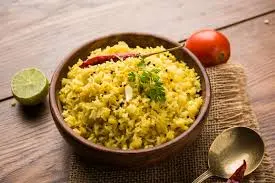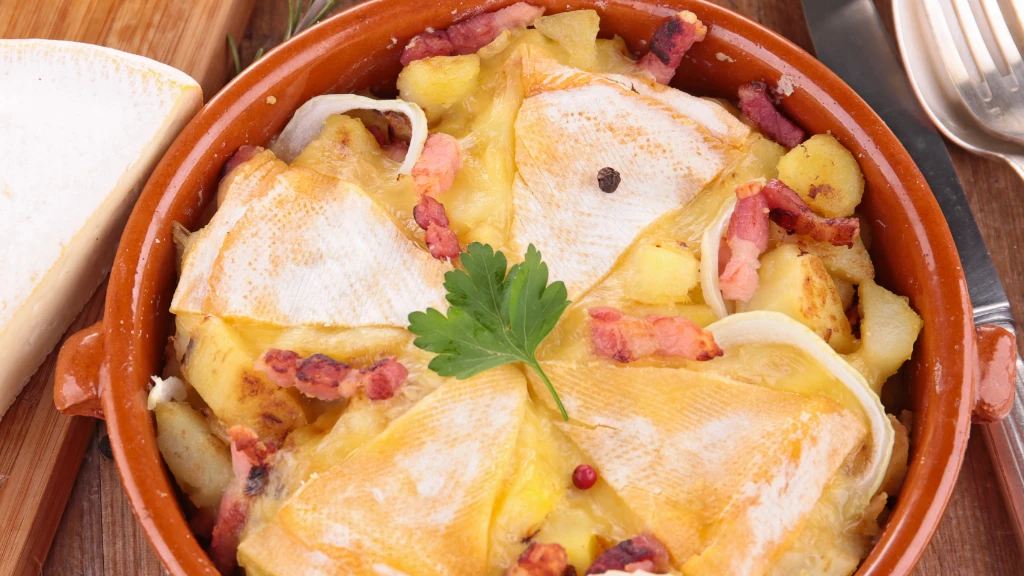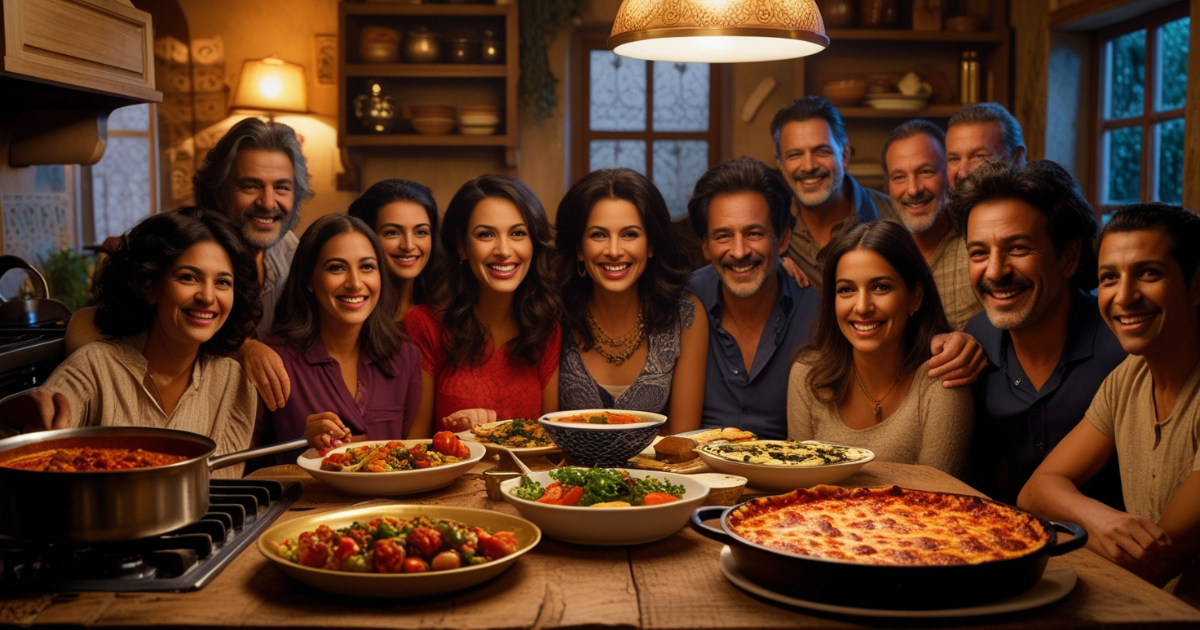The Magic of Comfort Food: Heartwarming Dishes from Around the World
🏠 The Magic of Comfort Food
There’s something truly special about comfort food. It’s not just about flavor — it’s about memories, warmth, and connection. Whether it’s your grandmother’s stew or a classic grilled cheese on a rainy day, these dishes carry emotional meaning.
🍲 Global Comfort, Local Flavor
From creamy mac and cheese in the United States to Japan’s comforting miso soup, every culture has dishes that soothe the soul. These meals remind us of family gatherings, cozy evenings, or healing moments after long days.
🥘 Popular Comfort Dishes Around the World
- Morocco: Harira – a traditional soup that warms both the body and spirit during Ramadan.


- Italy: Lasagna – layered with flavor, rich with nostalgia.


- India: Khichdi – a simple, soft blend of rice and lentils, perfect for emotional comfort.


- France: Tartiflette – rich, cheesy, and perfect for cold nights.


- USA: Chicken and Dumplings – the ultimate bowl of warmth.


🌍 Food Is a Memory Keeper
Comfort food is a silent storyteller. One bite can take you back to your childhood kitchen or a meal shared with loved ones. In a fast-paced world, these dishes remind us to slow down and savor the moment.
🧬 1. The Science of Cravings: What Triggers Comfort Food Desires?
Cravings for warm, hearty meals aren’t just emotional—they’re biochemical . When we’re stressed, cortisol levels spike, prompting a stronger urge for carb-rich, high-calorie dishes. These meals help boost serotonin and dopamine , the brain chemicals linked to happiness and relaxation. That’s why a creamy pasta or slice of cake feels like an emotional reset.
🕰 2. Nostalgia in Every Bite
Some meals are tied so deeply to our memories that just tasting them can bring us back to a different time. Neurological studies show that familiar smells and flavors can activate parts of the brain associated with autobiographical memory . It’s not just food—it’s a portal to the past , like your mom’s soup or a childhood birthday treat.
🌱 3. Comfort Food and Seasonal Changes
During colder months, many people instinctively turn to richer, warmer dishes. This instinct goes beyond tradition—our bodies seek energy-dense meals to generate heat and maintain emotional balance. Stews, casseroles, and hot drinks are more than seasonal classics—they serve both emotional and physiological needs.
💬 4. Shared Moments and Emotional Rituals
Think of movie nights with popcorn, cozy brunches with friends, or holiday dinners with loved ones. These meals are deeply woven into our social rituals , reinforcing our bonds. What we eat becomes a reflection of connection, comfort, and community.
📱 5. The Rise of Comfort Food on Social Media
On platforms like TikTok and Instagram, recipes that evoke warmth and nostalgia are thriving. Hashtags like #healingmealsor #cozyrecipes showcase this trend. People aren’t just cooking—they’re expressing self-care, nostalgia, and emotional healing through every plate.
All resources are here :
Harvard Health – How food affects your mood
National Library of Medicine – Craving comfort food
The New York Times – The Emotional Power of Comfort Food
🧠 6. How Mood Influences Taste Perception
Did you know your emotions can actually change the way food tastes? When you’re in a positive mood, you’re more likely to perceive food as flavorful and satisfying. Conversely, stress or sadness can dull your taste receptors, causing people to crave stronger, richer flavors to compensate. This is why emotional eating often leans toward salty, sweet, or fatty foods—they hit the pleasure centers harder. Understanding this connection helps explain why we sometimes reach for bold, indulgent meals when we’re emotionally overwhelmed.
🌍 7. Cultural Variations in Emotional Eating
While mac and cheese or chocolate may be the go-to for some, emotional meals vary widely across cultures. In Japan, a warm bowl of miso soup may bring comfort; in Morocco, it could be a tagine full of spices. These dishes often carry emotional weight not just because of flavor, but due to their deep cultural and familial roots . Food becomes a form of identity, helping us stay grounded through life’s ups and downs.

